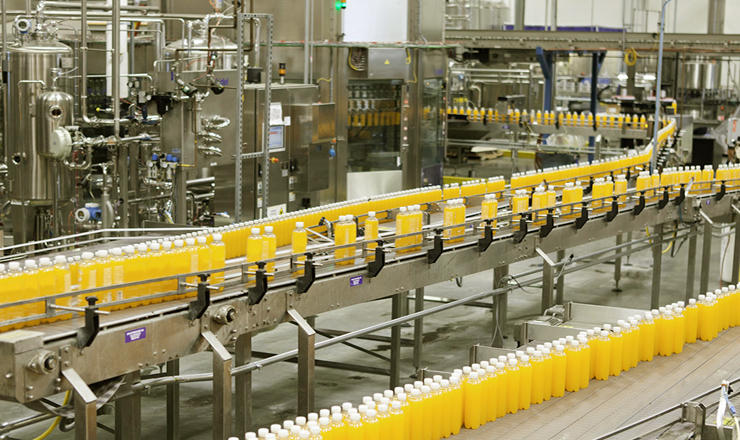Application of ultrafine powder technology to develop edible resources

With the development of modern technology, the process has put forward higher and higher requirements for the particle size of powder. Many materials need to be crushed to the sub-micron level or nano-level, which cannot be achieved by traditional crushing technology and equipment. Ultrafine powder technology is developed based on this and involves the preparation and application of ultrafine powders and related new technologies. Its research content includes ultrafine powder preparation technology, classification technology, separation technology, and drying technology. , conveying mixing and homogenizing technology, surface modification technology, particle composite technology, detection and application technology, etc.
With the reduction of land, food will become a scarce commodity in the next century, and developing new food sources is a serious problem facing mankind. Ultra-fine powder technology can break cell walls, improve taste, and enhance digestion and absorption, thereby improving the bioavailability of edible resources and promoting the body’s absorption of inedible parts of animals and plants. Therefore, it is widely used in the food industry. Been very widely used.
1 Grain processing
During the ultrafine milling process of flour, the glycosidic bonds may be broken and easily hydrolyzed by α-amylase, which is beneficial to fermentation. As the flour particles become smaller, their surface area becomes larger, which improves the adsorption, chemical activity, solubility and dispersibility of the material, thus causing changes in the macroscopic physical and chemical properties of flour. Wu Xuehui et al. proposed that flour with different particle sizes can be used to obtain flour with different protein contents to meet the needs of different products. The taste and absorption and utilization rate of the flour processed by ultra-fine powder are significantly improved. Wheat bran powder, soybean micron powder, etc. are added to flour to transform inferior flour into high-fiber or high-protein flour.
2 Deep processing of agricultural and sideline products
In recent years, plant-based green foods have become a focus of concern around the world, and edible plant-based foods are important resources for human survival. This situation can be improved by using ultra-fine powder technology. For example, the first step in the deep processing of edible plant stems and fruits is to control the crushing fineness to achieve different degrees of cell wall breaking and component separation.
3 Functional health food
Generally speaking, the high-tech means of ultrafine crushing are used to crush health food raw materials into ultrafine products with a particle size of less than 10 μm, which is called ultrafine health food. It has a large specific surface area and porosity, so it has strong adsorption and high activity. After ultra-fine processing of food, the nutrients in the food that are indispensable to the human body but difficult to eat can be fully absorbed by the human body, thereby maximizing the bioavailability and health care efficacy of the food.
4 Aquatic products processing
The ultrafine powder processed through ultrafine crushing of spirulina, kelp, pearls, turtles, shark cartilage, etc. has some unique advantages. The traditional method of processing pearl powder is ball milling for more than ten hours, and the particle size reaches several hundred meshes. However, if pearls are instantly crushed under low temperature of about -67°C and strict purification air flow conditions, ultrafine pearl powder with an average particle size of 1.0 μm and a D97 of less than 1.73 μm can be obtained. In addition, the entire production process is pollution-free. Compared with traditional pearl powder processing methods, the active ingredients of pearls are fully retained, and its calcium content is as high as 42%. It can be used as a medicinal diet or food additive to make calcium-supplementing nutritious foods.
Ultrafine powder technology is widely used in the food industry and plays a very important role in developing new edible resources and improving product quality.
